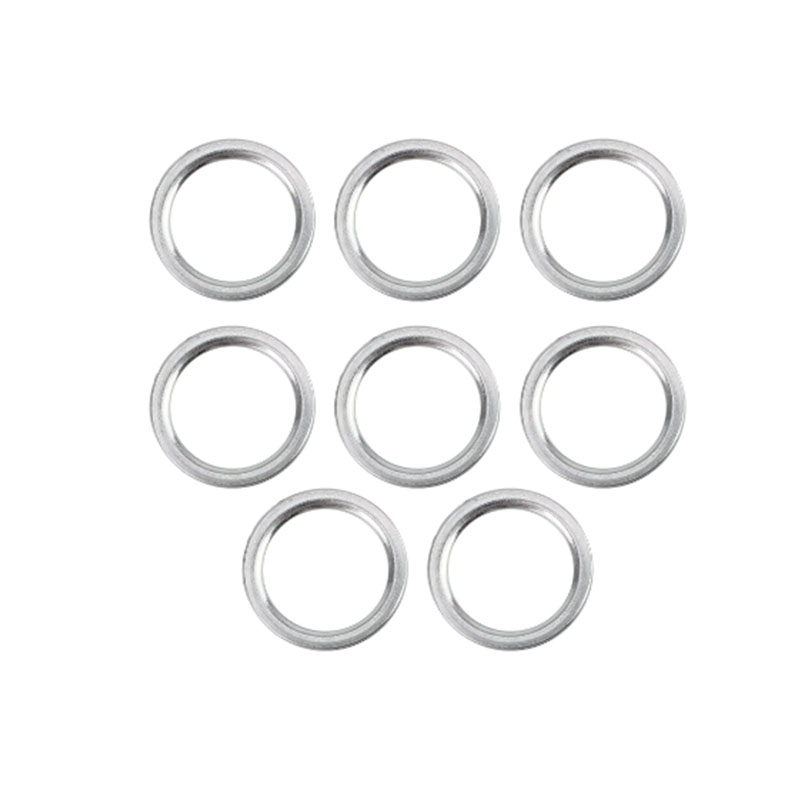steering rack seal
Understanding Steering Rack Seals Importance and Maintenance
The steering system is a crucial component of any vehicle, ensuring safe and responsive handling. At the heart of this system lies the steering rack, which translates the rotational movement of the steering wheel into linear motion that guides the wheels. An often-overlooked part of this system is the steering rack seal. Understanding the function, importance, and maintenance of steering rack seals can lead to better vehicle performance and longevity.
What is a Steering Rack Seal?
A steering rack seal is a rubber or synthetic component that prevents fluid leaks from the steering rack assembly. It serves two primary functions sealing the power steering fluid within the rack and protecting the internal components from dirt and debris. The steering rack itself is filled with hydraulic fluid, which operates the power steering system. Without an effective seal, this fluid could leak out, resulting in reduced steering assistance and potentially damaging the steering system.
The Importance of Steering Rack Seals
1. Fluid Containment The primary role of the steering rack seal is to contain the power steering fluid. If the seal becomes worn, cracked, or damaged, fluid may leak out. Low fluid levels can lead to inadequate steering performance, making it difficult for drivers to maneuver their vehicles, especially at low speeds.
2. Protection Against Contaminants Steering rack seals also play a critical role in protecting the internal mechanisms of the steering system from contaminants. Dirt, dust, and moisture can cause corrosion and wear to the sensitive parts inside the steering rack. A well-functioning seal helps maintain a clean environment, prolonging the life of the steering system.
3. Safety A malfunctioning steering rack seal can lead to serious safety hazards. As power steering fluid leaks out, drivers may experience a sudden loss of steering control, drastically impacting their ability to navigate the vehicle safely. Regular maintenance and inspections can help prevent such dangerous situations.
Signs of a Faulty Steering Rack Seal
Recognizing the signs of a failing steering rack seal is crucial for early intervention. Some common indicators include
steering rack seal

- Fluid Leaks The most obvious sign is the presence of fluid under the vehicle. If you notice a puddle of reddish or clear fluid beneath your car, it may be power steering fluid leaking from the rack. - Steering Difficulty If you experience increased resistance when turning the steering wheel or notice that your vehicle is not responding as it should, this could signal a problem with the steering rack or its seals.
- Unusual Noises Whining or groaning noises when turning the wheel often indicate low fluid levels due to leaks, which can be traced back to defective seals.
Maintenance and Replacement
Maintaining steering rack seals is vital for vehicle performance. Here are some steps to consider
1. Regular Inspections Schedule routine inspections of your steering system. A professional mechanic can identify wear and tear and assess the condition of the seals.
2. Fluid Checks Regularly check the power steering fluid levels. If you notice a decrease in fluid without a clear reason, it’s essential to investigate further for potential leaks in the steering rack.
3. Replace as Necessary If inspection reveals damage to the steering rack seals, it is crucial to replace them promptly. While this may involve some cost, replacing damaged seals is significantly cheaper than repairing or replacing an entire steering rack due to prolonged neglect.
4. Consider Quality When replacing steering rack seals, invest in high-quality parts. Cheap or sub-standard seals may fail again sooner, leading to repeated issues and increased costs.
Conclusion
Steering rack seals may be small components, but their importance cannot be understated. They maintain the integrity of the steering system, promote safe driving, and protect against costly repairs. Regular maintenance and early detection of problems can ensure that your vehicle remains responsive and safe on the road. Be proactive in your vehicle’s care, and you’ll help ensure a smoother and safer driving experience for years to come.
-
Understanding the Front Main Engine Seal: Purpose, Maintenance, and Installation
News Jul.29,2025
-
Understanding O-Rings and Seal Rings: Types, Applications, and Custom Solutions
News Jul.29,2025
-
Understanding Crankshaft Oil Seals: Rear Seals, Pulley Seals, and Their Role in Engine Integrity
News Jul.29,2025
-
The Importance of Front and Rear Crankshaft Seals in Engine Performance and Oil Management
News Jul.29,2025
-
Crank Oil Seals: Functions, Types, and Cost Considerations in Engine Maintenance
News Jul.29,2025
-
A Comprehensive Guide to O-Rings and Seals: Types, Materials, and Global Applications
News Jul.29,2025
-
Mastering Diesel and Performance Engine Maintenance: A Guide to Critical Oil Gaskets
News Jul.28,2025
Products categories















